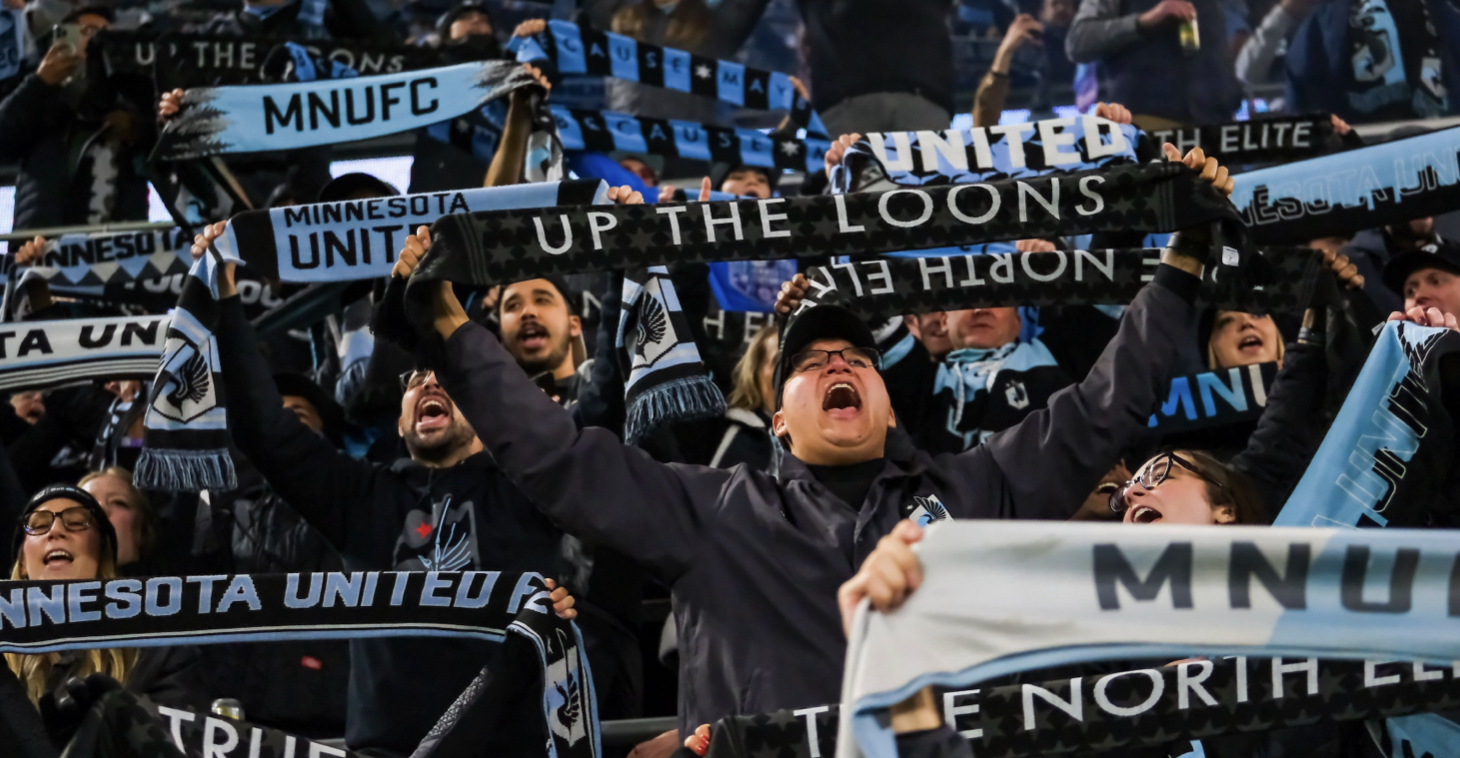
Major League Soccer is having a moment. The average team is now worth $721 million—that’s a 6% jump from last year alone. Five clubs have even crossed the billion-dollar threshold: Los Angeles FC, Inter Miami, LA Galaxy, Atlanta United, and New York City FC. And it’s not just team values soaring—commercial success is following suit, with team sponsorship revenue climbing to $665 million by the end of 2024, up a notable 44% from 2022.
Beyond those impressive balance sheets, MLS has built something even more valuable: a fanbase different from what you see with international leagues. These fans aren’t just casual observers; they’re incredibly loyal to their teams’ commercial partners. Seventy-two percent actually enjoy seeing their favorite team land cool sponsors. Compare that to NFL fans (52%) or MLB fans (54%), and you start to see how unique this is. Better yet, 62% of MLS fans would actually buy from companies that sponsor their team, versus just 40% of NFL fans and 43% of MLB fans.
This engaged fanbase also mirrors America’s changing face. MLS fans skew notably younger: 32% are 34 or younger, which is 14% higher than the general population. They’re also more diverse, with 20% identifying as Hispanic, 25% higher than the general population. With 30% of Americans showing at least some interest in the league, MLS has built a substantial foundation for growth.
What’s Ahead
Who exactly are these fans and what draws them to MLS? Our analysis that follows reveals how MLS supporters come from all walks of life while sharing one thing: they’re invested in American soccer’s growth. We’ll explore how MLS fans choose community over celebrity when selecting leagues to follow, how they prove local loyalty through action, the different pathways each demographic takes to discover soccer, what each fan group wants from their league experience, and how MLS occupies a different cultural space than Liga MX in American soccer.
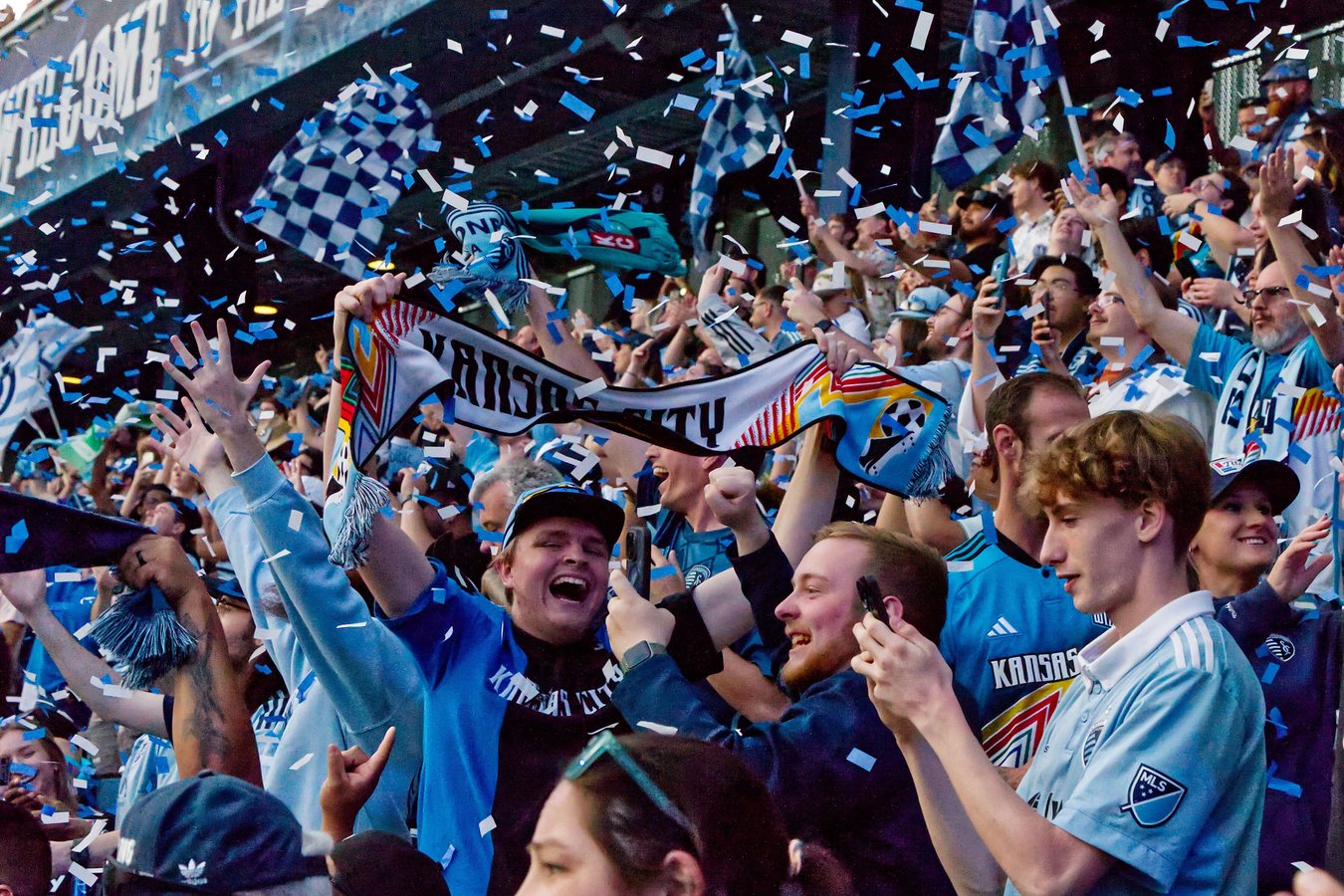
MLS FANS SIDE WITH COMMUNITY OVER CELEBRITY
In an era where soccer fans increasingly follow global superstars and international leagues—with 66% of American soccer fans caring about multiple leagues—MLS fans stand out for different reasons. And here’s the kicker: MLS fans are actually more likely than most to follow multiple leagues (73% vs. lower rates for other leagues), which makes their priorities even more telling. When you have options, what drives your choices?
You might look at the numbers below and think, “These differences seem small.” And you’d have a point—we’re talking about a few percentage points here and there. But here’s what makes these modest differences meaningful: they tell a consistent story about what MLS offers that distant leagues simply can’t.
WHAT DRAWS FANS TO THEIR FAVORITE LEAGUES
Support Local – Pride in Country’s League
Culture – Fan Atmosphere & Traditions
Star Players – High-Profile Players Draw Me In
Quality of Play – High Technical Standards
MLS fans are less likely to cite star players as a draw and place less emphasis on quality of play. Instead, they lead league fanbases in valuing local support and place higher importance on culture—the atmosphere, traditions, and fan experience.
This isn’t to say star power doesn’t matter because there’s an obvious track record of stars driving attendance and attention in MLS. But what stands out is that fans don’t view it as importantly as supporting what’s here, what’s tangible, what they can actually touch and be part of. MLS offers something international leagues can’t: the ability to be a genuine participant rather than just a distant observer. You can attend games, join supporter groups, influence the atmosphere, and feel like you’re building something rather than just consuming it.
This culture-first approach represents a fundamental difference in how MLS fans consume soccer. While fans of international leagues often prioritize the spectacle of elite talent and technical mastery, MLS supporters seek authentic connection to their communities through the sport. It’s the difference between watching greatness and helping create it.
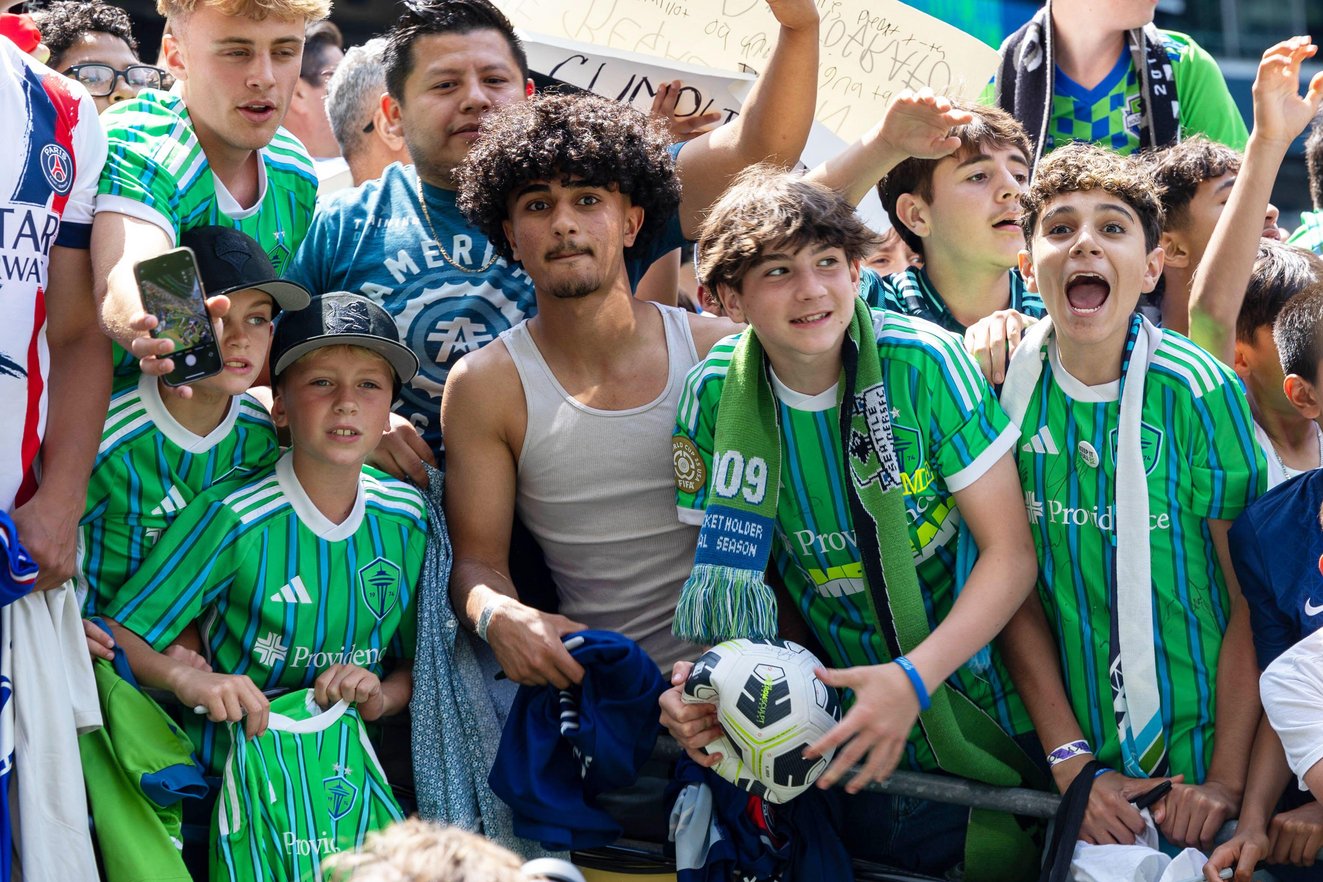
MLS FANS PROVE LOCAL LOYALTY THROUGH ACTION
Those league-level preferences we just reviewed? They translate into team loyalties that set MLS fans apart. MLS fans prove their commitment to local connection through their actual team choices, naming MLS teams among their favorites at rates 1.3x to 2.2x higher than fans of international leagues.
This behavioral evidence backs up their stated preferences in a big way. While the differences in survey responses are pretty modest—19% of MLS fans cite “supporting local” teams as motivation compared to 15-18% for other leagues—the actions speak much, much louder.
This local-first approach shows up in other ways, too. MLS fans demonstrate stronger support for the U.S. Men’s National Team (61% vs. 51-56% of international league fans), reinforcing their domestic loyalty at both club and country levels. And when it comes to their team experience, MLS fans prioritize the experiential elements of fandom (atmosphere, stadium experience, and fan culture) compared to international league supporters. It’s all part of the same pattern: choosing what’s local, tangible, and participatory over distant spectacle.
This local commitment underscores MLS’s role as a civic institution that connects fans to their cities and neighborhoods in ways that distant international clubs can’t year-round. The gap between modest survey differences and dramatic behavioral loyalty suggests that MLS fans may even understate their local commitment when asked directly, but reveal their true priorities through their actual team preferences.
MODEST SURVEY DIFFERENCES, DRAMATIC BEHAVIORAL LOYALTY
Survey: “Supporting Local” as Primary Motivation
Behavior: How Much More Likely to Name MLS Teams as Favorites
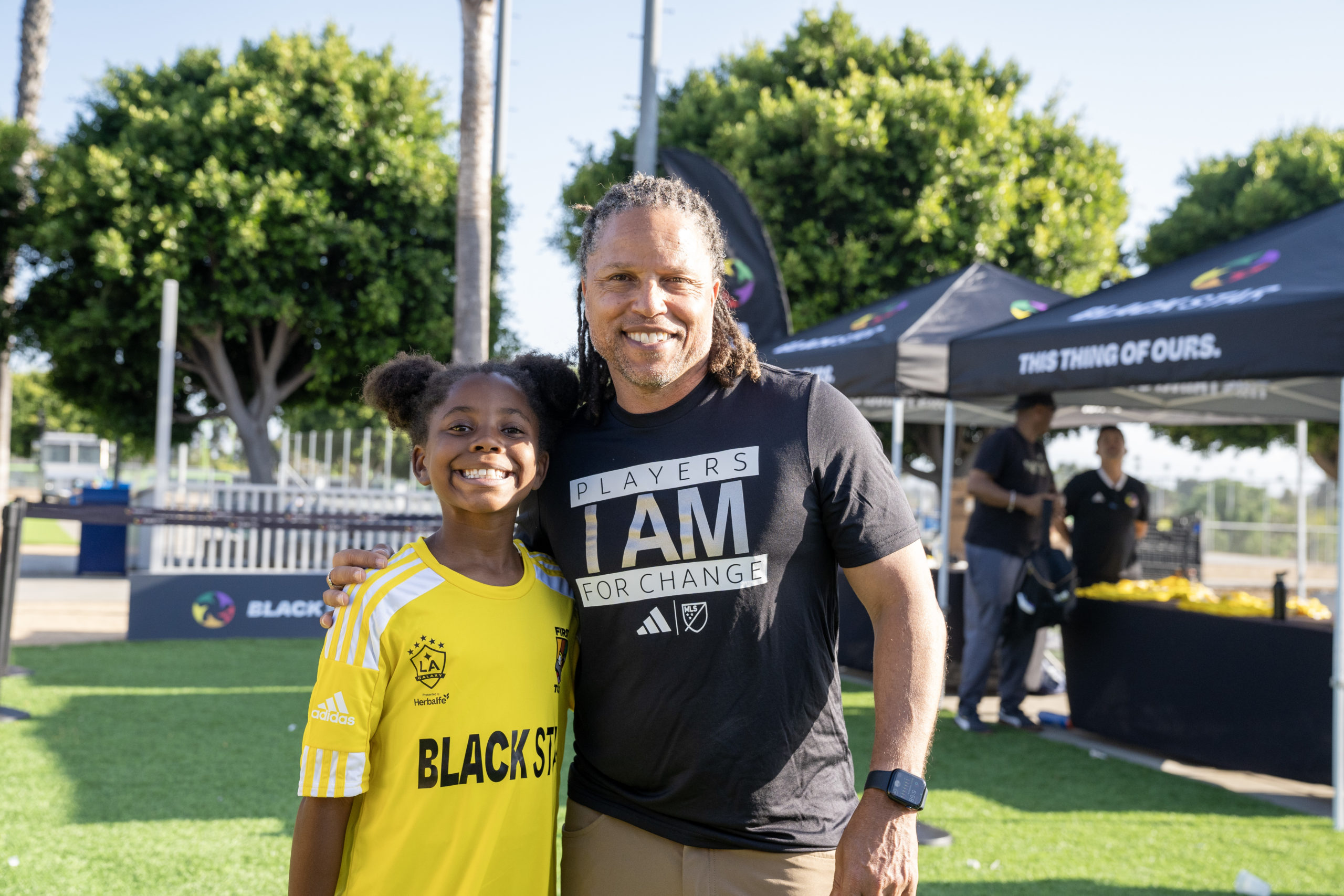
HOW DIFFERENT MLS FANS DISCOVERED SOCCER
While these patterns distinguish MLS fans from international league supporters, there’s significant diversity within MLS fandom itself. The pathways to soccer—how people first got into the sport—and priorities for league selection vary dramatically across demographic lines, revealing a fanbase united by local loyalty but diverse in their routes to that commitment.
Looking at how current MLS fans first discovered soccer, some clear patterns emerge. Young MLS fans (16-34) are more likely to cite participation as their gateway to the sport. Hispanic MLS fans demonstrate the strongest family soccer connections, with 19% “born into” soccer-loving families and 17% influenced by family involvement—showing soccer’s deep cultural roots in Hispanic communities. Meanwhile, Female fans are more socially motivated in their soccer discovery, while Male fans gravitate toward specific players and general sports fandom.
These varied entry points showcase the broad appeal that MLS has developed across American demographics. Black MLS fans show particularly unique patterns—they’re more likely to discover soccer through gaming and less through family influence, suggesting they’re building new soccer traditions rather than inheriting them. This diversity of pathways demonstrates how MLS attracts fans through multiple cultural touch points rather than relying on a single demographic or motivation.
DEMOGRAPHIC DIFFERENCES IN PATHWAYS TO SOCCER
Participation as Gateway by Age Group
Family Connections by Ethnicity
Born Into Soccer-Loving Family
Family Member Involvement
Social Circle Influence by Gender
Gaming as Soccer Gateway: Building New Traditions
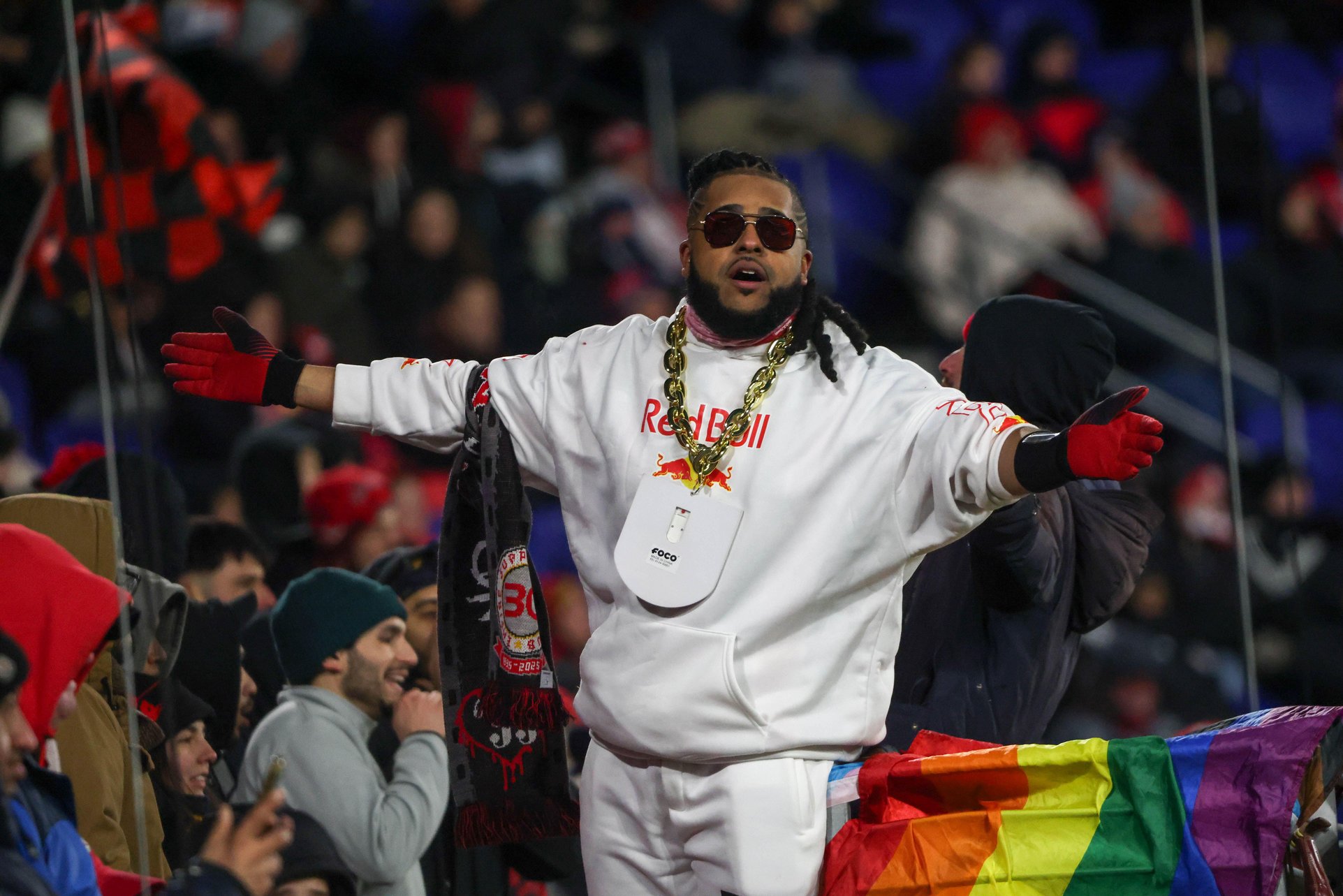
WHAT EACH FAN GROUP WANTS FROM THEIR LEAGUE
Beyond their varied entry points into soccer, different MLS fan segments also have distinct priorities when it comes to what they want from their leagues. And these differences are pretty striking when you dig into the demographics.
Race and ethnicity reveal fascinating contrasts. Hispanic MLS fans place dramatically higher importance on cultural representation. But when it comes to local support, it’s actually White fans who lead, while Black MLS fans are all about competitive intensity, citing thrilling games at higher rates.
Gender differences are particularly stark. Male fans focus heavily on star players and technical quality, while Female fans emphasize social connections. Men are also more drawn to competitive games.
Age shows interesting life-stage priorities. Younger fans (16-34) care more about leagues with social relevance and political impact, while middle-aged fans (35-54) are the most interested in star players and local support. These varied priorities help explain the diverse appeal that MLS has cultivated, showing how the league can position itself to resonate with different community segments.
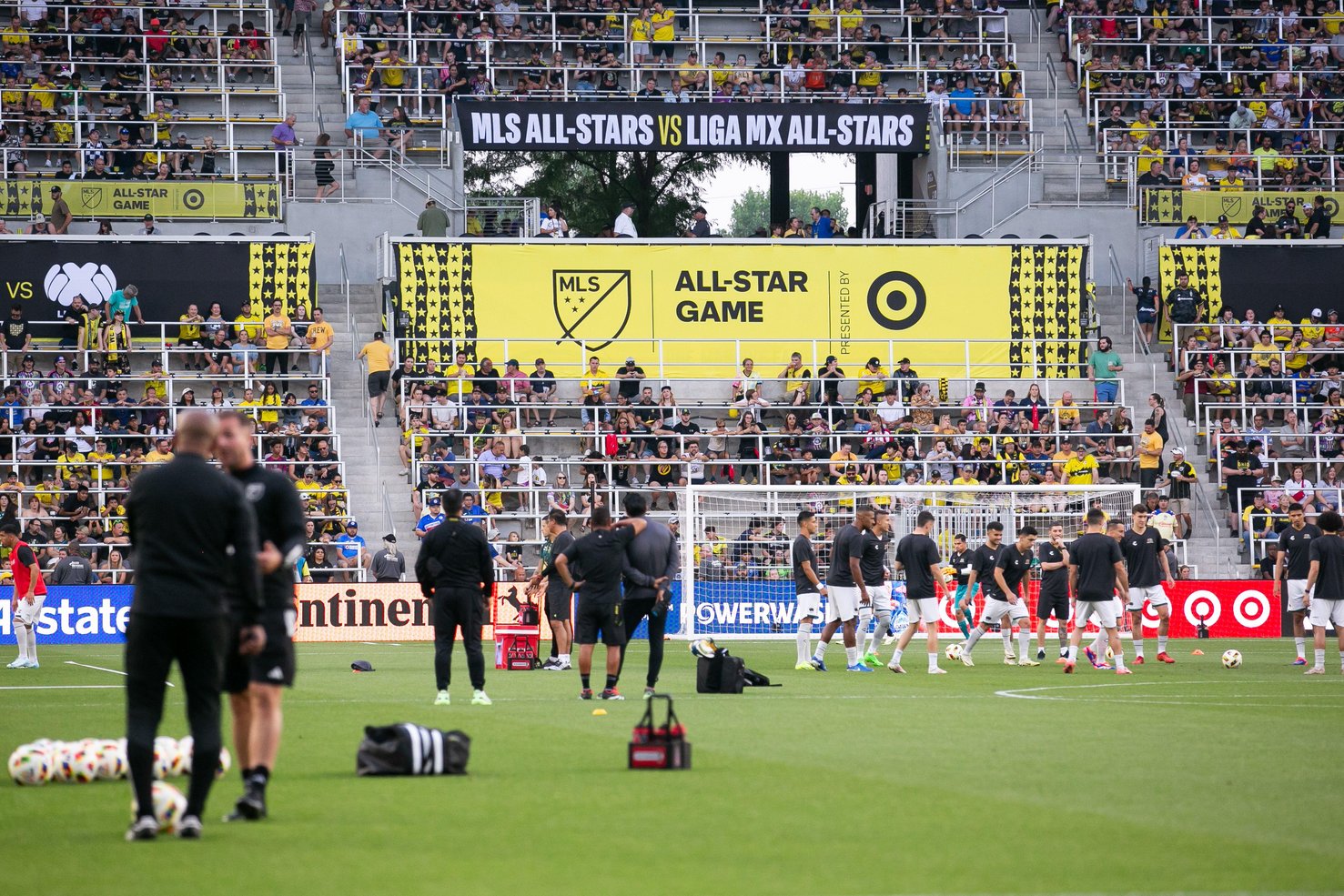
MLS VS LIGA MX: TWO DIFFERENT SOCCER CULTURES
To understand MLS’s unique spot in American soccer, it’s worth comparing it with Liga MX—another league with deep cultural ties within U.S. communities. As these leagues continue to face off annually in the MLS All-Star Game and work together to grow the sport in the region, their fanbases show some fascinating similarities and differences that reveal how these leagues may occupy different cultural spaces in American soccer.
While both attract passionate followers, their consumption patterns and lifestyles tell slightly different stories. Liga MX fans are more social in how they watch games, gathering at family or friends’ homes much more often. They’re also more plugged into entertainment-focused soccer content that may offer memes and other forms of comedy. And they prefer TikTok over Instagram.
MLS fans, on the other hand, are more likely to follow individual league accounts for content and still rely heavily on traditional TV advertising, suggesting they take a more institutional approach to consuming soccer. The demographic differences are telling too: Liga MX fans skew more urban and are more likely to have young families. This framing shows how the two leagues occupy different cultural spaces in American soccer while connecting to the broader themes of community connection and consumption patterns we’ve seen throughout.
MLS FANS: INSTITUTIONAL FOCUS
More traditional media consumption, league-focused content following, and suburban family orientation suggest institutional soccer engagement.
LIGA MX FANS: CULTURAL IMMERSION
More social viewing, entertainment-focused content, and digital-native preferences indicate deeper cultural soccer integration.
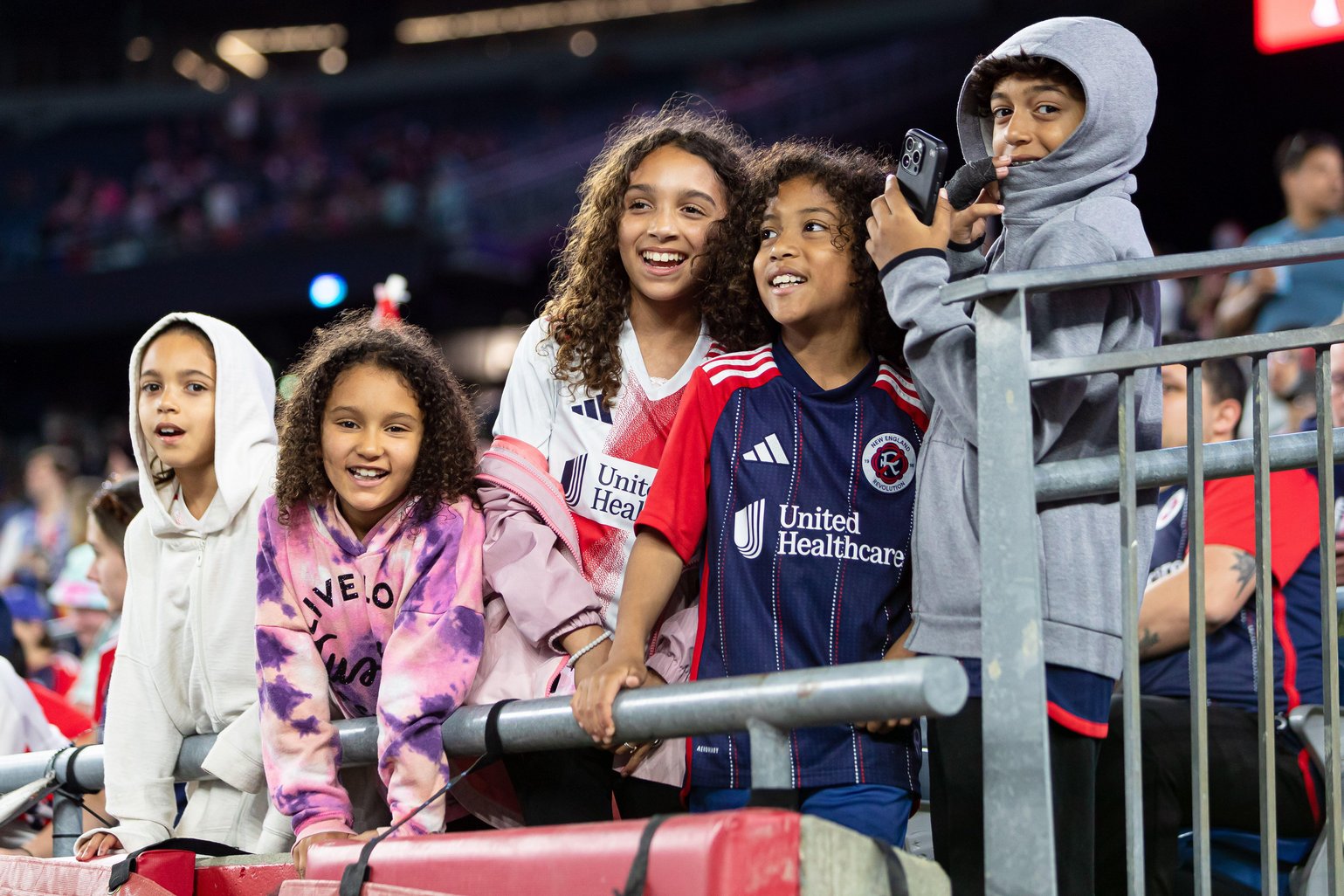
KEY TAKEAWAYS ABOUT MLS FANS
Major League Soccer has built something remarkable in American sports—a fanbase that feels like they’re along for the journey. Sure, star power and elite competition matter, but MLS fans have figured out something that goes deeper. They want what’s real, what’s tangible, what they can actually be part of. MLS offers something you can’t get from watching the Premier League at 7 AM—it’s here, you can touch it, and you can genuinely influence it rather than just being a distant observer. Through fan research across multiple demographic segments, we’re seeing how MLS has tapped into something uniquely American: a soccer culture that wants both the global game and the local experience, and isn’t willing to settle for just one or the other.
- • MLS Fans Balance Star Power with Tangible Connection: While MLS fans appreciate celebrity players and technical excellence just like international league supporters, they lead all leagues in also valuing local support and cultural atmosphere. Star power absolutely works—we’ve seen what Messi, Beckham, and others have done for MLS attendance and buzz—but fans here prioritize supporting what’s in their backyard over something they can only watch at a distance.
- • MLS Fans Convert Local Support Into Measurable Action: The survey numbers look pretty similar across leagues, but MLS fans are 1.3x to 2.2x more likely to actually name MLS teams among their favorites compared to international league supporters. They’re not just talking about local support; they’re proving it with their choices.
- • MLS Builds Soccer Culture Through Diverse Entry Points: MLS is pulling fans from everywhere—young participation networks, Hispanic family traditions, Female social circles, and Black fans discovering soccer through gaming just to name a few. The league is creating this uniquely American soccer ecosystem that doesn’t rely on just one path to fandom.
- • Different Demographics Drive Distinct MLS Engagement Strategies: MLS fans aren’t all looking for the same thing. Hispanic fans want cultural representation, White fans prioritize local support, Black fans seek competitive intensity, Male fans focus on technical quality, and younger fans value social impact. The league has multiple ways to connect because its fans have multiple priorities.
- • MLS and Liga MX Occupy Similar But Different Cultural Spaces in American Soccer: Think of it this way—MLS appeals to suburban families seeking that local institutional connection, while Liga MX resonates with urban communities already embedded in broader soccer culture. They’re not necessarily competing (although they certainly both want attention); they’re serving different needs in American soccer.